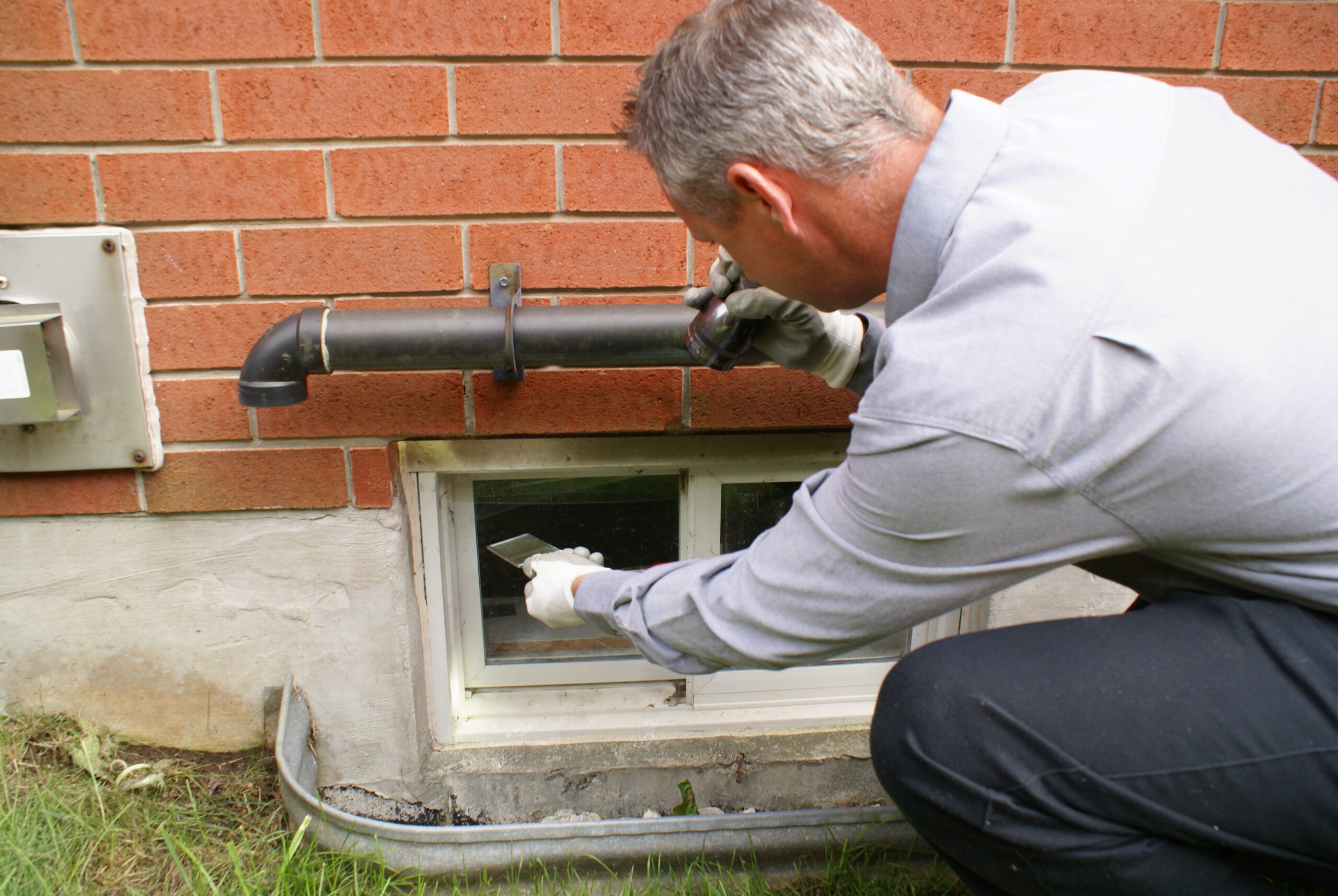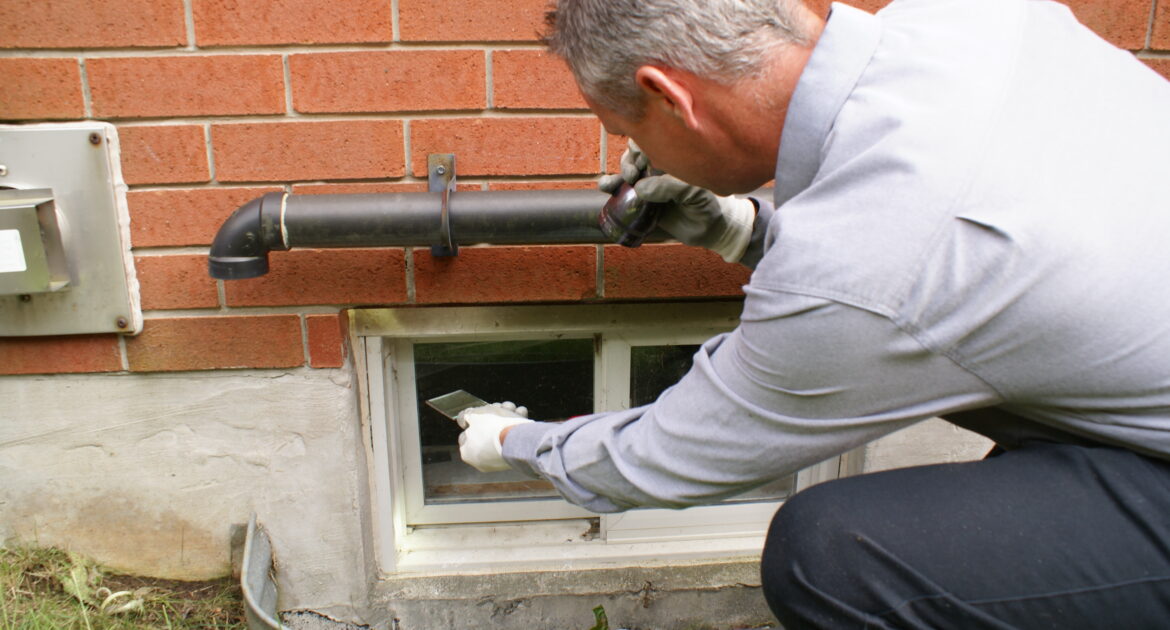A dead rodent underneath your deck presents a wealth of problems. The smell of the rotting flesh can be very strong and extremely unpleasant. It can draw other pests to your yard. The carcass may harbour pathogens that could make you or your family sick. If your deck is low to the ground, it may be difficult for you to remove the carcass on your own. If that is the case, it may be necessary to call professional ildlife control in York to help you resolve the problem.
Conditions That Contribute to a Dead Rodent Under Your Deck
While there is always a risk of a wild or feral animal dying on your property, there are some factors that may increase the likelihood. First, look at your deck closely. Is it close to the ground, or is it elevated? If it is close to the ground, are there any holes or cracks in or around it that could allow rodents to get through? Rats and mice have the ability to compress their bodies to squeeze through openings that may look far too small. Mice only need an opening the size of a dime to squeeze through, while rats require a hole the size of a quarter. Sealing the holes can prevent rodents from getting underneath your deck and dying there.
The presence of rodents on your property makes it more likely that they may find their way under your deck and die. Early signs of rodent infestation include droppings around your home or yard and unexplained scratching sounds under floors or inside walls. It is important to call for rat removal at the first sign of an infestation. Otherwise, not only will the infestation keep growing, but the likelihood of a rodent dying under your deck, or elsewhere on your property increases as members of the first generation reach the end of their life expectancy, which is typically only a year or two for mice and rats.
Signs That a Rodent Has Died Under Your Deck
The most obvious sign of a dead rodent under your deck is a putrid odour. When a living animal dies, the tissues of its body start to break down in a process called decomposition. This process releases various chemicals that exit the body in the form of gases. Examples of these gases include benzene, methane, and sulphur dioxide. These all combine together to produce a sickening stench.
When the animal first starts to decompose, the smell may not be that bad. However, as decomposition progresses, it becomes steadily stronger. Hot temperatures accelerate the decomposition process, which makes the smell become stronger at a faster pace. Eventually, the rodent’s body will break down completely and the smell will subside, but you can expect it to get worse before it gets better.
Another sign of a dead rodent under your deck is the presence of insects, especially flies. Many species of flies, especially carrion flies, lay their eggs on the carcasses of dead animals because the decaying flesh provides food for their larvae when they hatch. Therefore, you may see flies coming and going from underneath your porch because they are laying eggs on the rodent’s carcass, and then you may see more activity when the larvae mature into adult flies and go off on their own. In either case, more flies around your deck is a reason for suspicion, especially if they are flying in and out from underneath. If the increased insect activity is accompanied by a foul stench, it is almost certain that you have a dead animal of some kind underneath your deck, whether it be a rodent or something else.
Why Should You Call Skedaddle for Wildlife Control in York?
Rat removal from Skedaddle includes the removal of dead carcasses as well as living animals. Our wildlife services always include decontamination to remove pathogens and parasites that could cause disease. Learn more about the services we offer in the York region.




